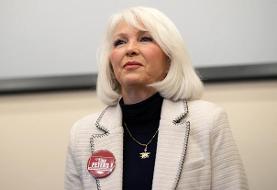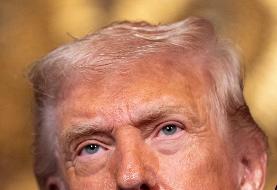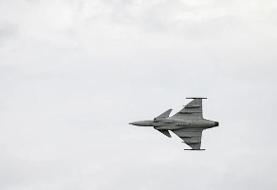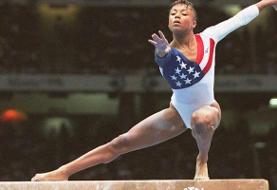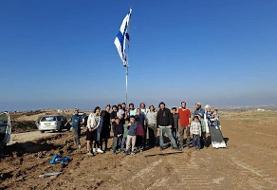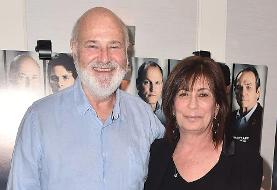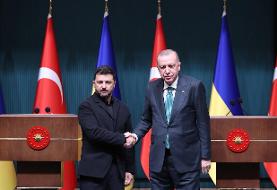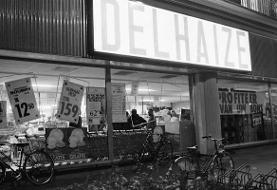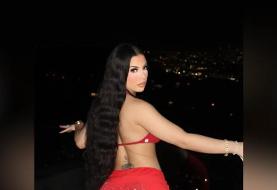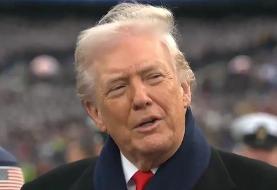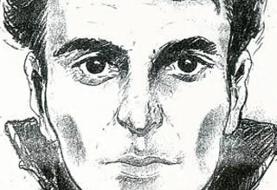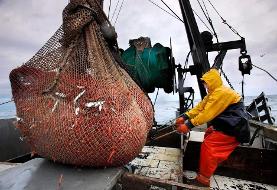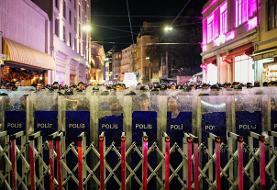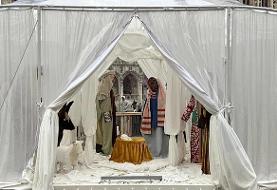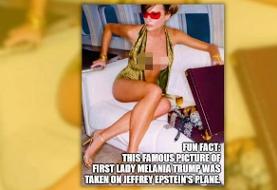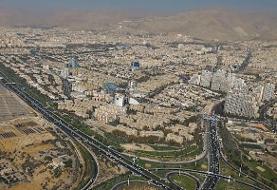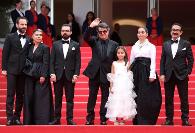A commentary by Taraneh Djafroodi (The author of novel The Last Words) to an art critic in LA
Opening Reception: Saturday February 8th at 4-8
Gallery Hours: Tuesday - Saturday: 12-5
“With focusing on transforming the realms of art, I would like to submit a section of my narratives for the art works of Dr. Shayan Afshar, a visionary Iranian-American artist, poet, and writer, who after ten years will have an art exhibition of his paintings at the Seyhoun Gallery on February 8-22, 2014.
After observing his artistic and aesthetic creations, although they could be described as abstract figurative expressionism, I was inspired to narrate all the pictorial quality of the paintings that are beyond mere representation. What enthused me to follow the sequence of this body of the paintings was that they are all inner dialogue of an entity that after an endless existence within the frame of the cultural, political, and religious constraints emancipates itself and takes different abstract figurative shapes to follow its unfolding journey in forms.”
The Fetus
It is from within the dimness of the black frame that Zehsaan stares, and with the vigorous stillness of the inflamed edging, it remembers the enduring inner memories. It carries with itself all the departed collective things heard and seen in a lifetime:
“Unbounded as I am, I am still attached to the past. To be in the middle of a conflict amid a frame within another frame, is such a weight on my shoulders … I have to bring it to an end …. I have to be free.”
“It is because of being framed within another frame, and the burden of doubt in these fragmented splinters, that I have to enliven myself and to ascertain my individuality.”
They had ascended from the dusk, elongated towards the dawn anew, and then and there languished downwards. Expectantly, their faces set in a death mask:
“He had said/at times that you/entwined with visages/how many of the faces denuded? /up until you could cry yourself out?”
Zehsaan says: “Something endlessly is repeated. Without a beginning and end, in an eternal time, we denude ourselves. We merely stand alongside each other; maybe because of the shame of our denudation in me and in us; the perplexity and the dread of enlightenment, the doubt, or the anguish of remorse.”
They say: “to pose a question /to reach the essence of oneself? / to set the “self” free from its “ego”? to remain self-reliant in denudation?/ to be not feverish with the vagaries of the world ?”
He says: “Unbound from one’s denudation, one must reflect upon oneself and us with inert thoughts and dreams.”
The languished denudated one turns its back, and with hesitation opts for silence:
“Why should I tell a story?/at a time when/ I cannot have my own way?”
“We do repeat ourselves/that the mortal in this vastness/ descends far into oblivion/becomes a drop…/a dewdrop that drips on a painting/ a repeated memory that it was/of a deep color…/then who were we?/who were you?/where was it?/was it?/… a repeated fling/a pallid fling/a cycle that passes you by/in shattered eternities…”
It is from the Zehsaan’s intent look that the redness of the frame fervently floats and becomes cognizant. Eternality of something detaches from its inner self. Zehsaan hesitates; then journeys through the impassable path of the bent shadows of perplexity, fear, and doubt; and it sets its “self” free from its “ego”. The red frame trembles from its inner self, queasily cries itself out, and disperses into the black frame.
Contact the organizer for latest event info. Kodoom.com is not responsible for any changes made in the above information. Report or Flag this event



